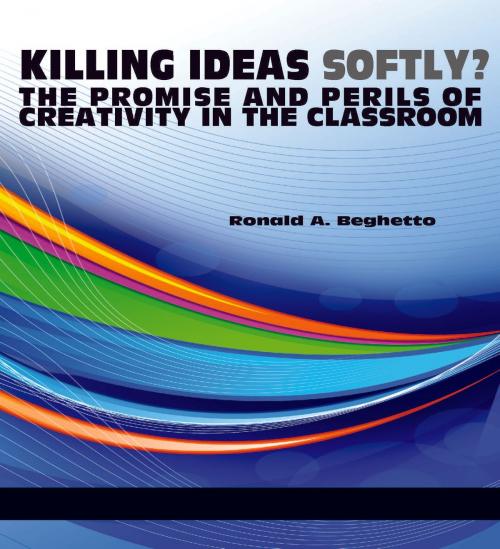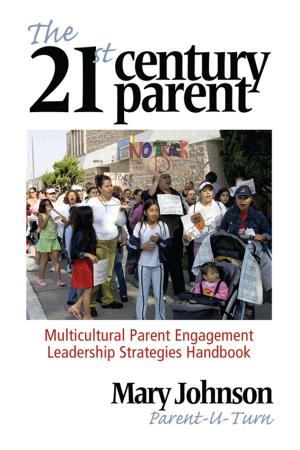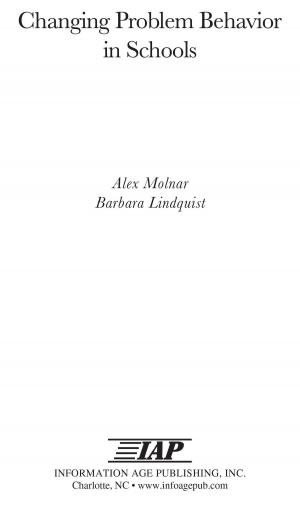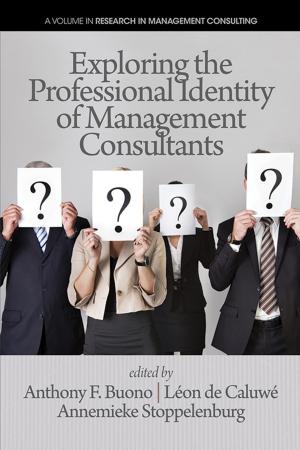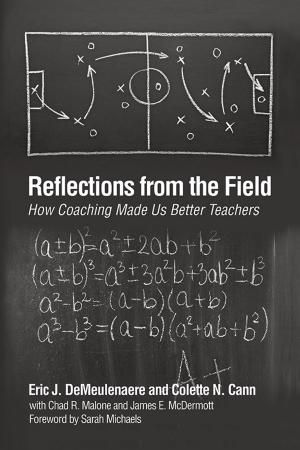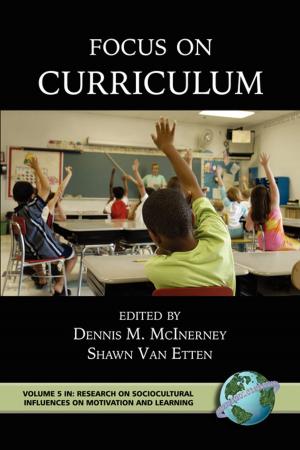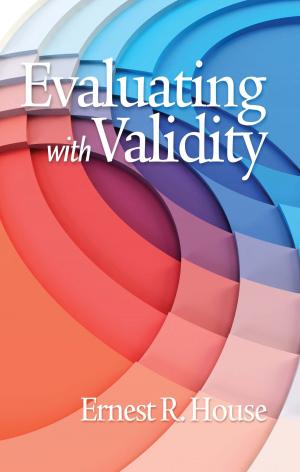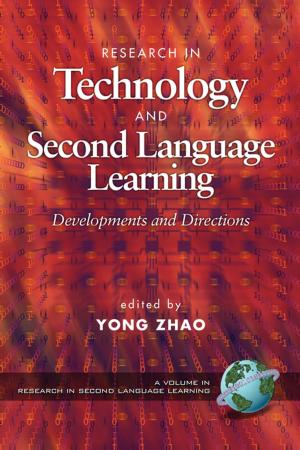Killing ideas softly?
The promise and perils of creativity in the classroom
Nonfiction, Reference & Language, Education & Teaching, Educational Theory, Educational Psychology, Teaching, Teaching Methods| Author: | Ronald A. Beghetto | ISBN: | 9781623963668 |
| Publisher: | Information Age Publishing | Publication: | June 1, 2013 |
| Imprint: | Information Age Publishing | Language: | English |
| Author: | Ronald A. Beghetto |
| ISBN: | 9781623963668 |
| Publisher: | Information Age Publishing |
| Publication: | June 1, 2013 |
| Imprint: | Information Age Publishing |
| Language: | English |
Creativity is a hot topic in education. As such, there is no shortage of insights or suggestions for how teachers might incorporate creativity into their curriculum. Wading through these suggestions can, however, be quite daunting. This is because many of these suggestions imply that teachers need to somehow radically change their approach to teaching, adopt a new curriculum, or addon to their existing curriculum. Consequently, many teachers feel that such changes are not feasible and may even come at the cost of supporting students’ academic learning. This book provides an alternative. Teachers need not adopt a new curriculum, radically change what they are already doing, or attempt to add more to their already overflowing plate of curricular responsibilities. Rather, teaching for and with creativity is often more about doing what one is already doing, only slightly better. The aim of this book is to help teachers understand how they can make slight changes to their own teaching, which can substantially support the development of students’ creative potential and result in a more creative approach to teaching. The insights and practical suggestions presented in this book represent some of the newest and most promising work being done in the field of creativity studies. This book is unique in that it presents teachers with concrete ideas for how to simultaneously support creativity and learning. A particularly novel feature of this book is that it offers a blend of theoretical insights and vivid classroom examples to illustrate the kinds of opportunities and challenges that teachers face when they attempt to teach for and with creativity. As such, this book will provide teachers, scholars, researchers, and anyone interested in classroom creativity with new directions for future research and educational practice.
Creativity is a hot topic in education. As such, there is no shortage of insights or suggestions for how teachers might incorporate creativity into their curriculum. Wading through these suggestions can, however, be quite daunting. This is because many of these suggestions imply that teachers need to somehow radically change their approach to teaching, adopt a new curriculum, or addon to their existing curriculum. Consequently, many teachers feel that such changes are not feasible and may even come at the cost of supporting students’ academic learning. This book provides an alternative. Teachers need not adopt a new curriculum, radically change what they are already doing, or attempt to add more to their already overflowing plate of curricular responsibilities. Rather, teaching for and with creativity is often more about doing what one is already doing, only slightly better. The aim of this book is to help teachers understand how they can make slight changes to their own teaching, which can substantially support the development of students’ creative potential and result in a more creative approach to teaching. The insights and practical suggestions presented in this book represent some of the newest and most promising work being done in the field of creativity studies. This book is unique in that it presents teachers with concrete ideas for how to simultaneously support creativity and learning. A particularly novel feature of this book is that it offers a blend of theoretical insights and vivid classroom examples to illustrate the kinds of opportunities and challenges that teachers face when they attempt to teach for and with creativity. As such, this book will provide teachers, scholars, researchers, and anyone interested in classroom creativity with new directions for future research and educational practice.
